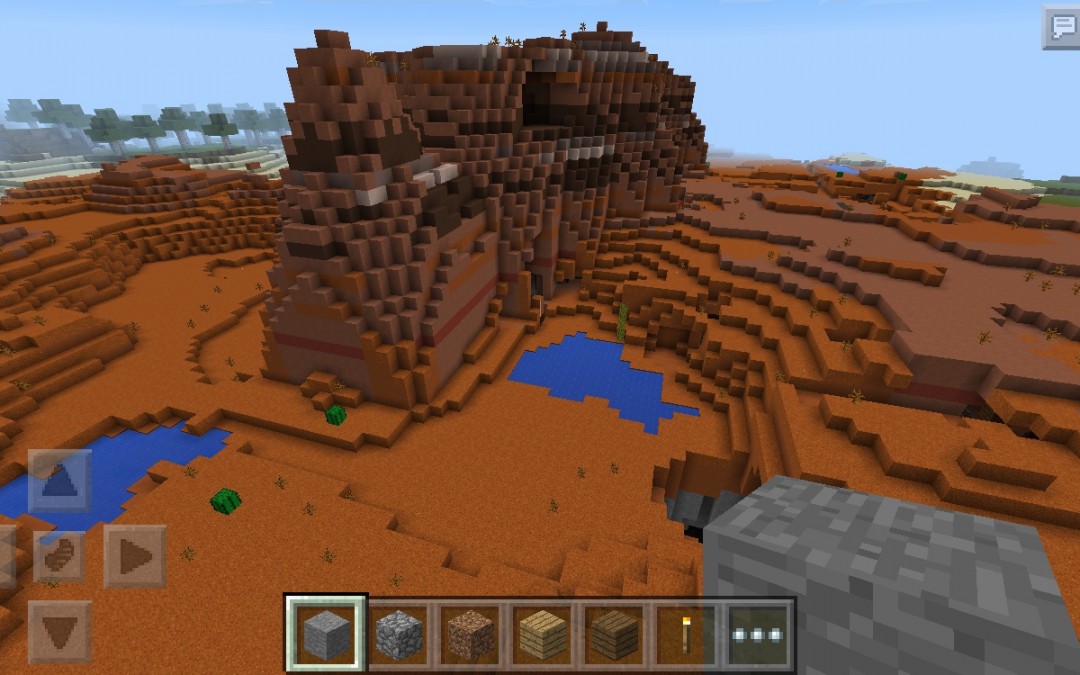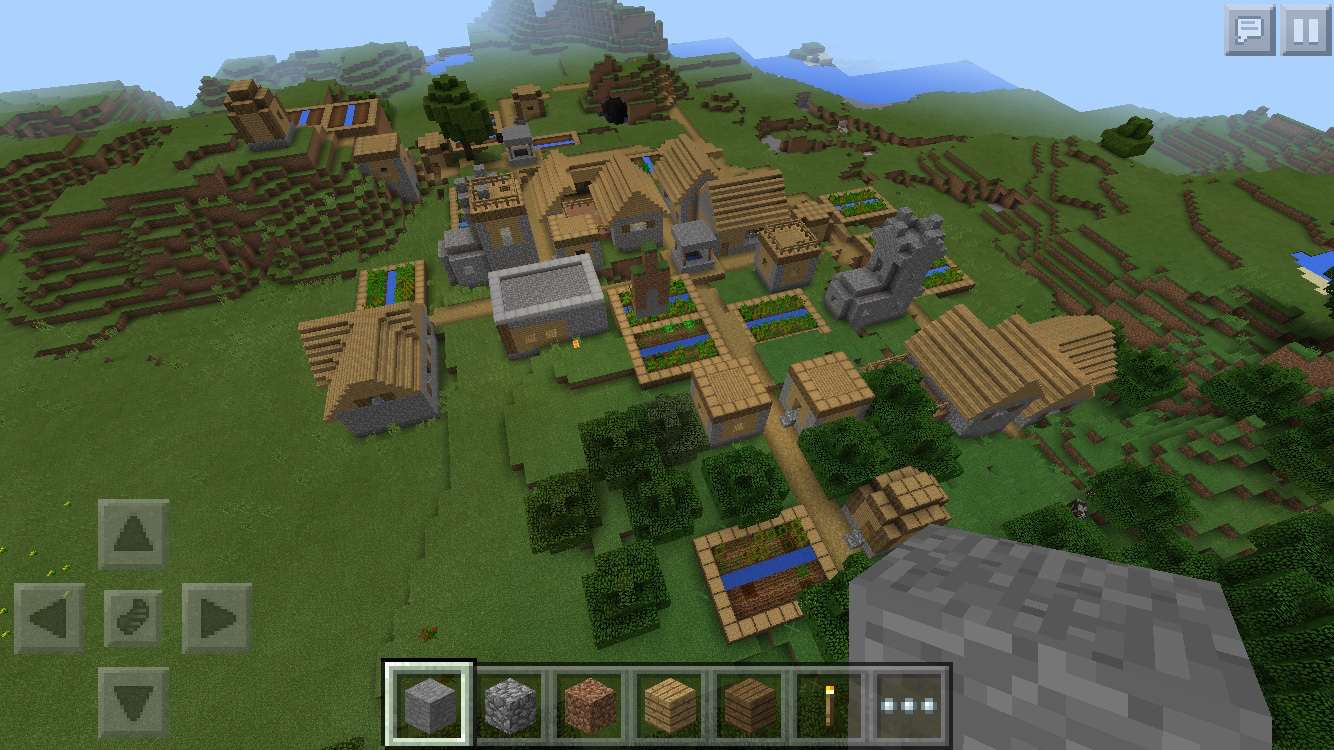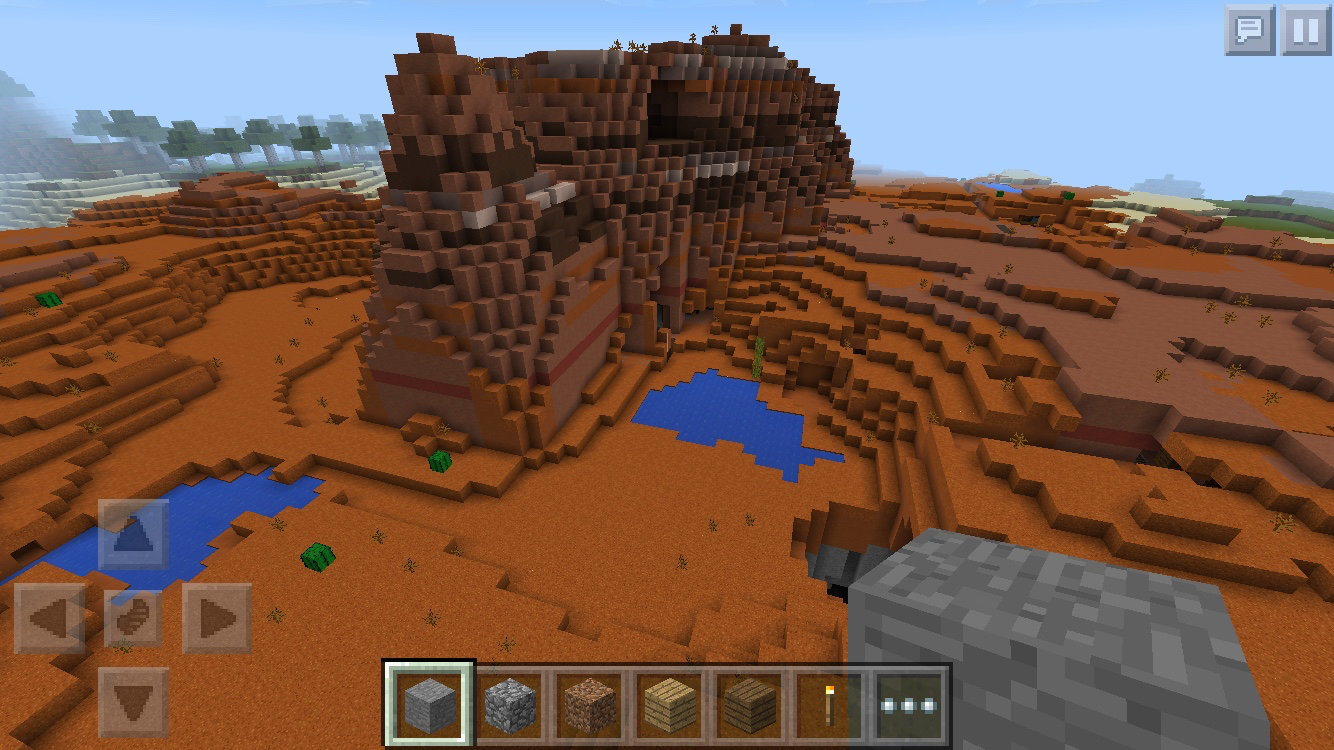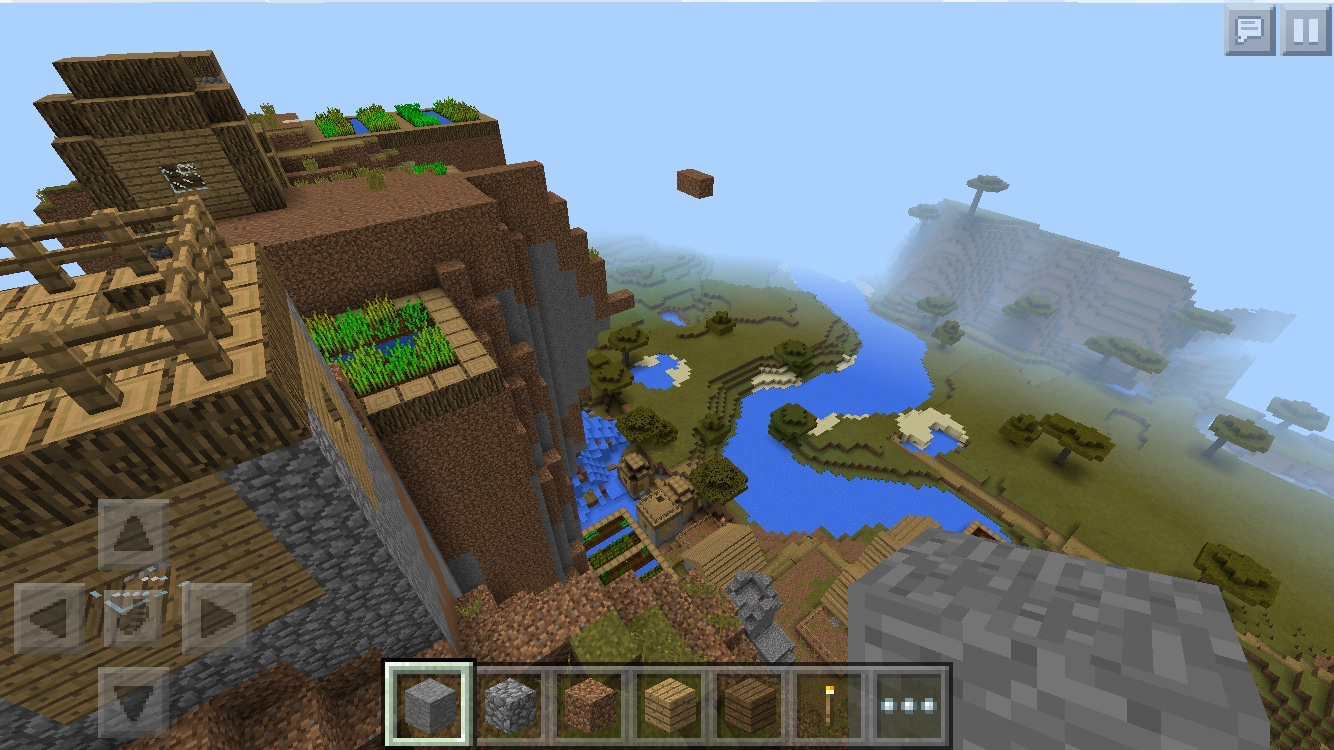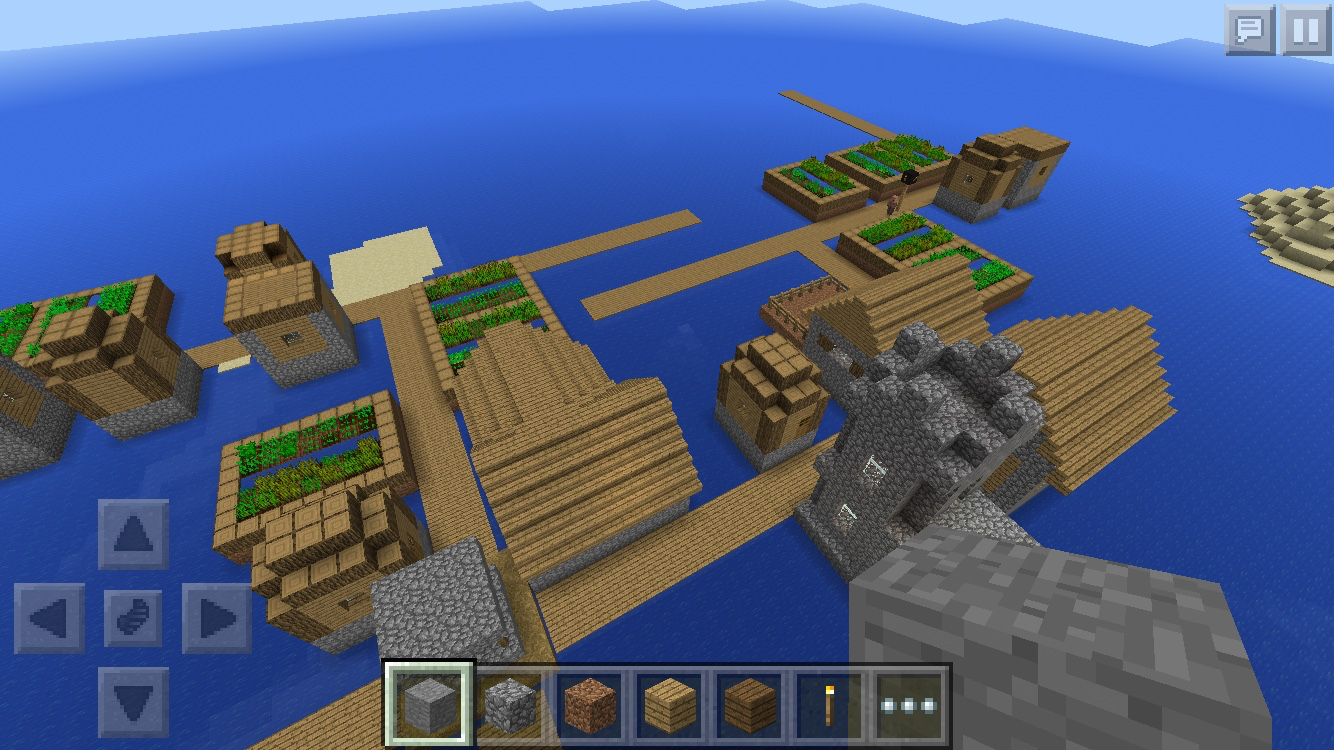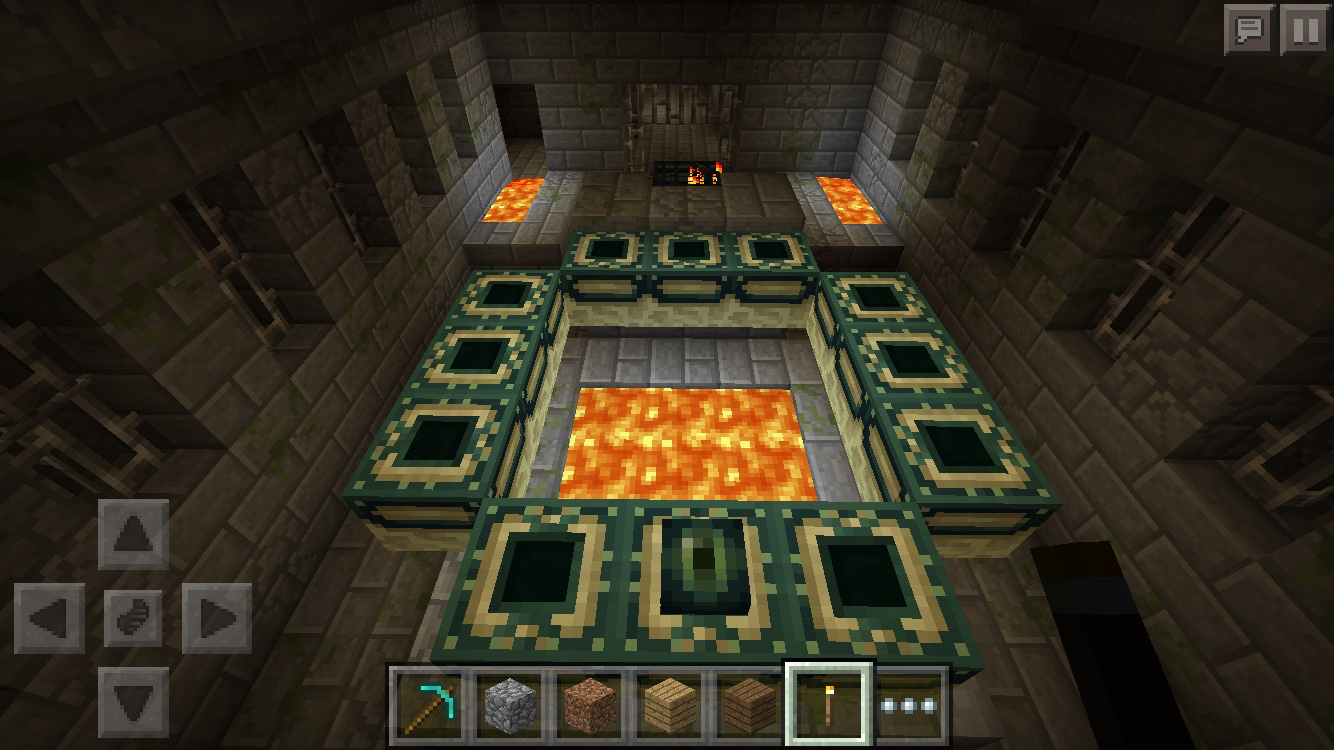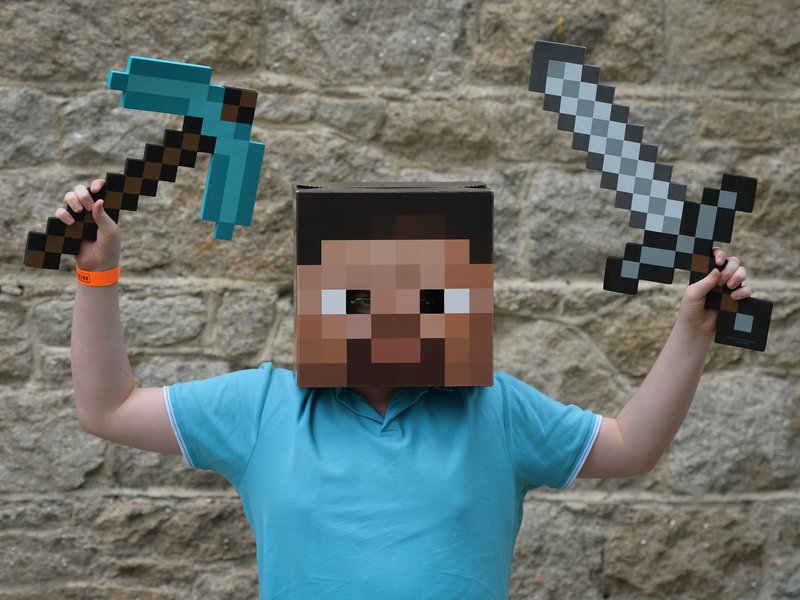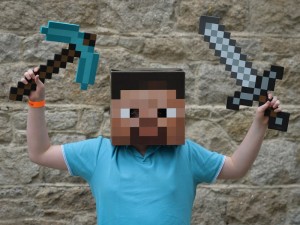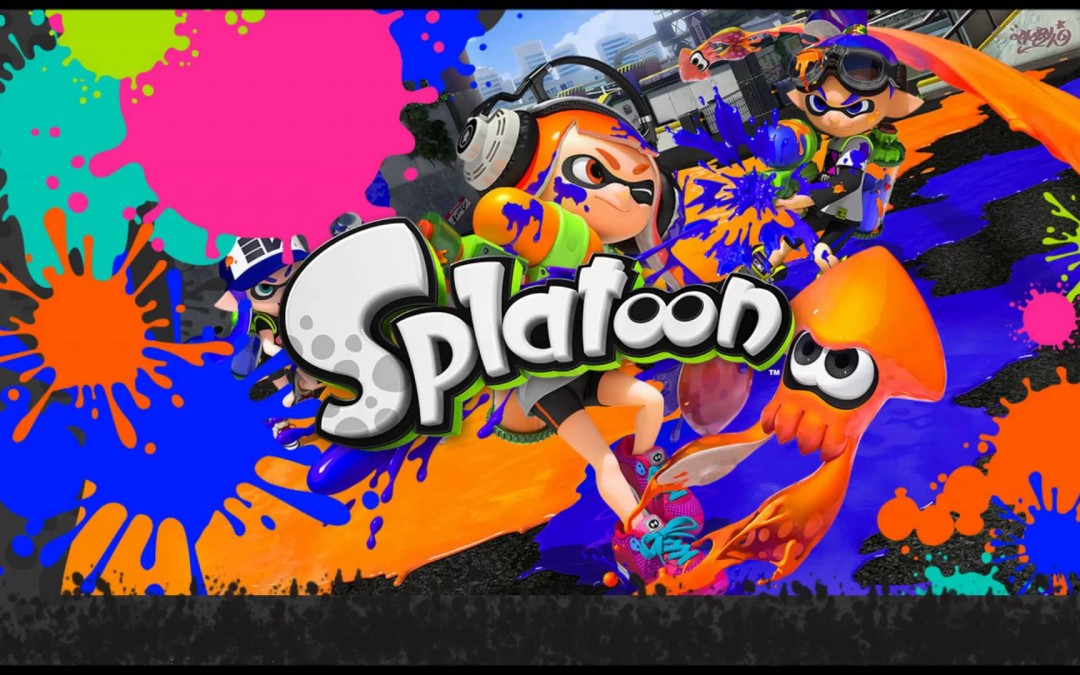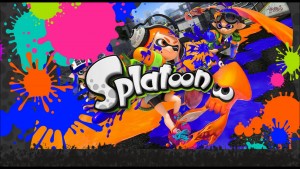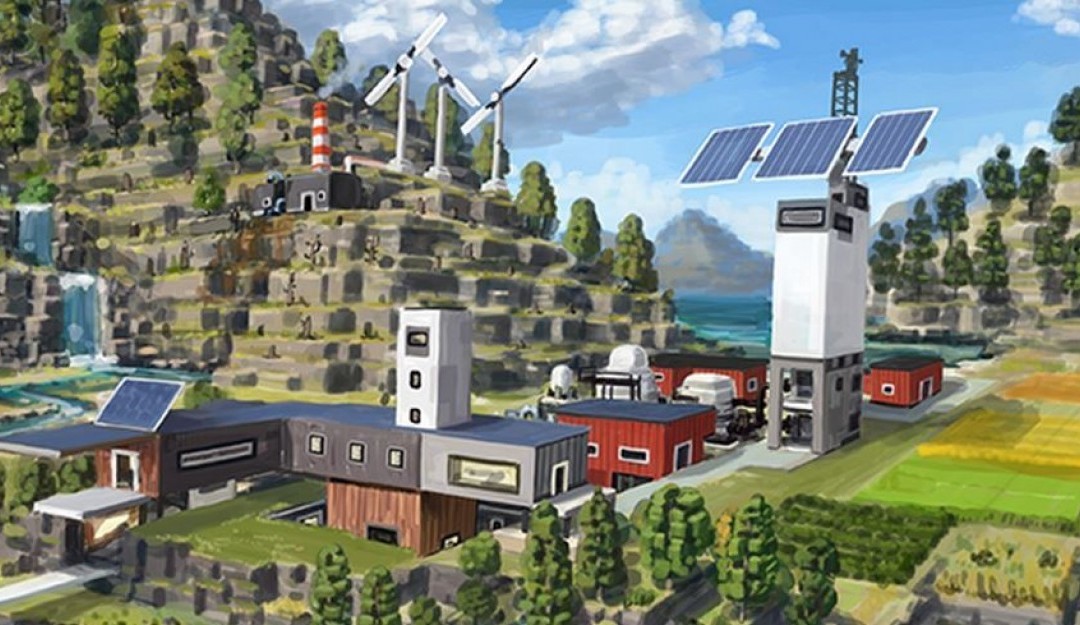On the rooftops, there are endless luscious gardens, so that the skyline of the city looks almost like the tree tops of a vast rain forest. Beneath them, lining the roads, are multi-storey farms, producing fruit and vegetables for the local populace. There are strange sail-shaped constructions that suck CO2 out of the air, and along the canals, hydrogen powered boats glide silently through crystal clear waters. This is Climate Hope City – and for now, it exists only in Minecraft.
When the Guardian launched its Keep it in the Ground campaign in March, editor-in-chief Alan Rusbridger, and other senior staff, spoke about the challenge of finding new ways to discuss and report on climate change – to break out of traditional journalism and explore fresh ideas.
“We carry on flogging a load of dead horses, in exactly the same way, with exactly the same whip,” wrote columnist and environmentalist George Monbiot. “We have to constantly be reinventing our storytelling capacity.”
One answer to that challenge is to envisage a future zero carbon city in Minecraft. The hugely successful block-building game allows players to construct complex and fascinating models of everything from medieval castles to giant space cruisers. Climate Hope City is not a fantasy world but a vision of a green urban environment which uses technologies that either already exist around the world or are at the prototype stage.
Take a video tour around Climate Hope city:
The project was overseen by expert Minecraft modeller Adam Clarke, who makes his own YouTube videos about the game, as Wizard Keen. Clarke recently worked with the Tate Modern gallery to produce the Tate Worlds project, a series of Minecraft maps based around art works such as André Derain’s The Pool of London. Recently, he has started Wonder Quest, a new educational series of YouTube videos co-written with Minecraft superstar Stampy Cat.
Together with James Delaney and his BlockworksMC team of builders, as well as experienced map maker and designer Dragnoz, Clarke took various real-life urban climate technologies and spent a week constructing them into a Minecraft environment. Features include vertical farms, kinetic pavements that convert footsteps into electricity, driverless cars and green roofs.
“James and his team had recently built a Minecraft map called Tomorrowland,” says Clarke. “We wanted Climate Hope City to feel positive and futuristic yet at the same time rooted in what is going on in architecture and climate change science today. Our research led us to the very latest in building design, featuring radical shapes and forms.
“We also wanted to see some older buildings so that the city felt realistic and built upon. We added the spiral walkway to help players explore the various features as quickly as possible, but its also became a very beautiful design motif too.”
Delaney and his team of five builders, started out by sketching a rough layout, based on emerging technologies and architectural models, before spending over 100 hours building the model itself. “We needed to use existing green technologies and prototypes to create a positive image for sustainable living, which also seemed achievable and not too far off reality,” says Delaney.
“We decided to form the city around natural looking curves and spirals rather than the grid layout of many of the world’s modern cities: Zaha Hadid’s architecture was one inspiration, the new biodome concept for Amazon’s new Seattle headquarters was another. We then proceeded to lay it out in Minecraft and slowly build upwards, adapting and accommodating that plan to the city as it developed.”
The result is a rather beautiful and elegant Minecraft city, filled with intriguing buildings, and criss-crossed with canals and kinetic walkways. Guardian readers will also be able to spot the newspaper’s own office.
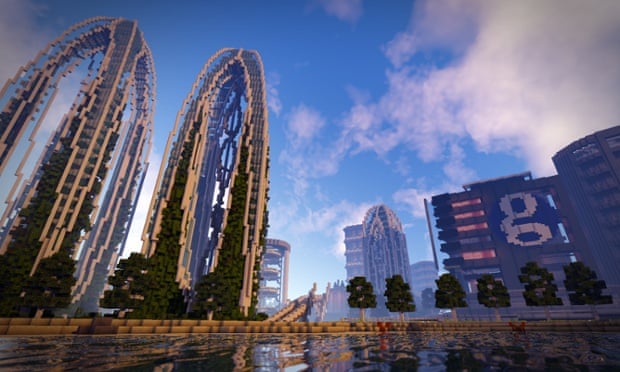
The map is now ready to download and is available for free to anyone who has the PC, Linux or Mac version of Minecraft installed on their computer. It can be found at the Climate Hope City Planet Minecraft page. You can freely explore the city, read signposts and listen to audio recordings that tell you more about what each building and feature represents.
“Despite climate change being the biggest story of our age, journalism has largely failed to get to grips with it,” says the Guardian’s assistant national news editor, James Randerson. “In our mission to tell this story differently and reach new audiences, we have enlisted the help of artists, poets, comedians and composers to name a few. Now we’re harnessing the creativity of some talented Minecraft designers to imagine a future low carbon city – and crucially one that is not far out of reach.”
The Guardian’s Keep it in the Ground campaign is highlighting the global fossil fuel divestment movement. In particular it is calling on the world’s two largest health charities – the Bill and Melinda Gates Foundation and the Wellcome Trust – to move their endowments out of those firms.
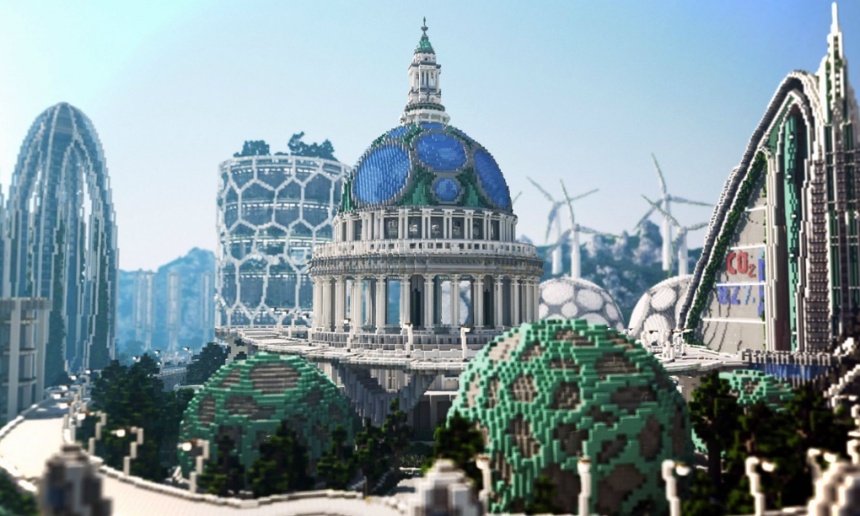

![Watch Me Play Lego Worlds, Minecraft’s New Challenger [Over!]](https://www.stonemarshall.com/wp-content/uploads/1288810637149080135.png)
![Watch Me Play Lego Worlds, Minecraft's New Challenger [Over!]](https://i.kinja-img.com/gawker-media/image/upload/s--CZksCaze--/c_fit,fl_progressive,q_80,w_636/1288810637149080135.png)
